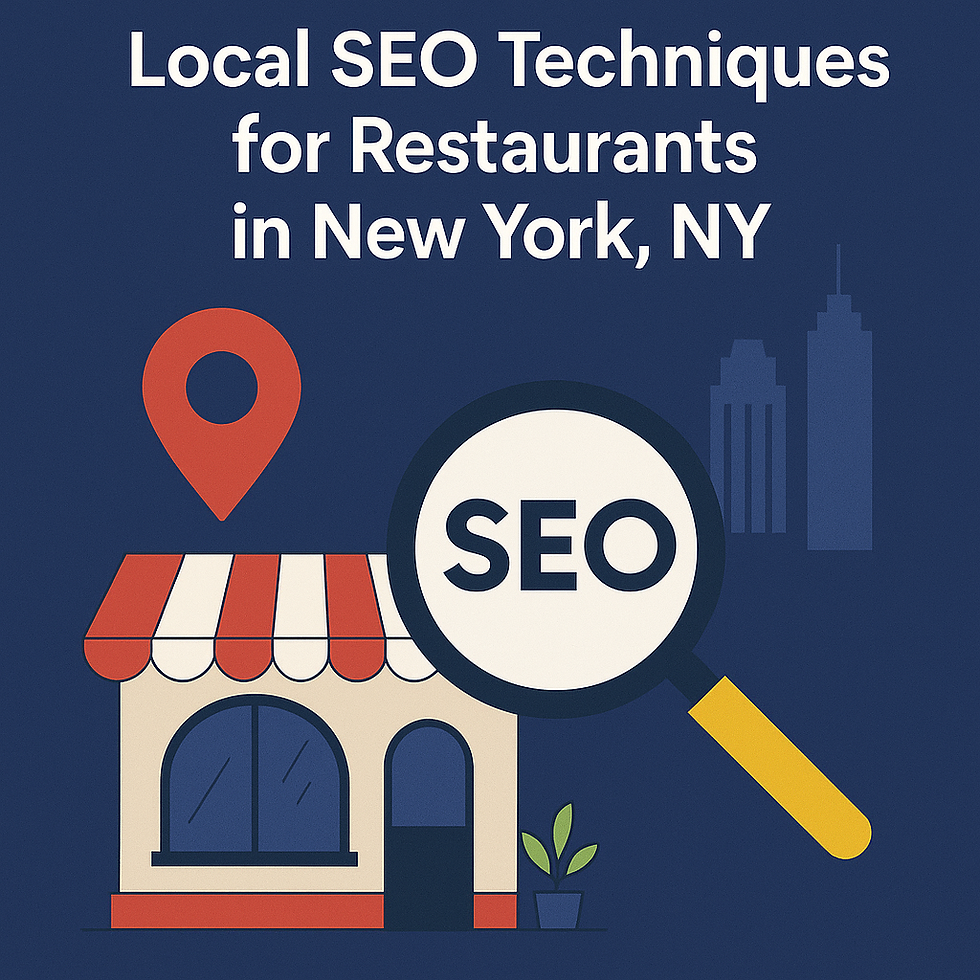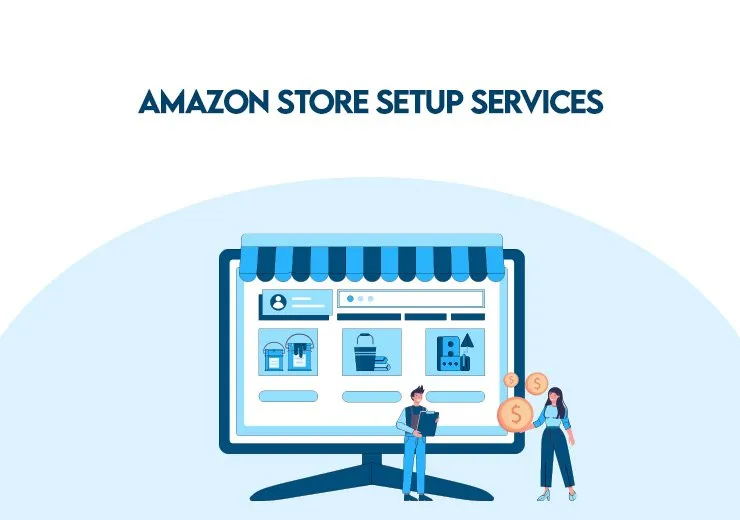Local SEO Techniques for Restaurants in New York, NY to Attract More Customers
- Search Optimax
- Sep 23
- 3 min read

Running a restaurant in New York, NY, is no easy feat. With thousands of dining options available, standing out in search results can make the difference between an empty dining room and a steady flow of hungry customers. In 2025, local SEO has become one of the most powerful tools for restaurants to attract diners, increase reservations, and build long-term visibility.
This blog will walk you through the latest local SEO techniques for New York restaurants to ensure your establishment gets found by customers when they’re searching for their next meal.
Why Local SEO Matters for Restaurants in New York
New Yorkers don’t flip through a phone book or rely on word-of-mouth as much as they used to. Instead, they pull out their phones and search phrases like “best sushi in Manhattan” or “vegan restaurant near me.” If your restaurant doesn’t show up in those searches, you’re losing customers to competitors who do.
Local SEO ensures your restaurant appears in Google Maps, local packs, and voice search results—where most dining decisions happen. With the sheer level of competition in NYC, strong local SEO isn’t optional; it’s essential.
Optimizing Your Google Business Profile (GBP)
Your Google Business Profile is often the first impression potential customers see. To maximize its impact:
Keep your hours, contact details, and menu up to date.
Add high-quality photos of food, interior décor, and happy customers.
Use the posts feature to highlight specials, new menu items, or events.
Collect and respond to reviews regularly—engagement builds trust.
Think of your GBP as your online storefront. A complete, media-rich profile attracts clicks and improves visibility on Google Maps.
On-Page SEO for Restaurant Websites
Your website needs to do more than look good—it has to help customers find you. In 2025, Google rewards restaurants with clean, mobile-optimized, and keyword-rich websites.
Title tags & meta descriptions: Include cuisine and location (e.g., “Authentic Italian Restaurant in Brooklyn, NY”).
Local keywords: Naturally use terms like “family-friendly diner in Queens” in blogs, menus, and landing pages.
Schema markup: Add structured data for menus, reviews, and locations so Google displays them directly in search results.
Mobile SEO and User Experience
Most diners discover restaurants through their phones. If your site is slow or confusing, they’ll bounce. To improve:
Ensure your site is mobile-first with fast load times.
Add click-to-call and reserve-now buttons for instant action.
Make menus easy to read on smaller screens.
Remember, in NYC, where people are always on the move, convenience is everything.
Building Local Citations and Directory Listings
Local citations help Google confirm your restaurant’s existence and credibility. Consistency is key:
Keep your NAP (Name, Address, Phone) the same across Yelp, TripAdvisor, OpenTable, Zomato, and NYC-specific directories.
Audit your listings regularly to fix outdated or mismatched info.
The more accurate citations you have, the higher Google will rank your restaurant for local searches.
Leveraging Reviews and Feedback
Reviews are the lifeblood of restaurant SEO. A strong review profile not only improves rankings but also drives customer trust.
Encourage happy customers to leave reviews using QR codes on menus or receipts.
Respond to every review—positive or negative—with professionalism.
Highlight top reviews on your website and social media.
Restaurants with frequent, authentic reviews stand out in crowded markets like New York.
Local Content Marketing for Restaurants
Content creation isn’t just for bloggers—it’s a powerful local SEO tool for restaurants too.
Publish blog posts like “Best Brunch Spots in Manhattan” or “Top 10 Pizza Slices in NYC.”
Collaborate with food bloggers and influencers for backlinks and exposure.
Share content across Instagram, TikTok, and Facebook with local hashtags like
This strategy builds authority and gets your restaurant in front of both locals and tourists.
Voice Search Optimization
With more people using Siri, Alexa, and Google Assistant, voice search is growing rapidly. Queries like “Where’s the closest ramen shop near me?” dominate in 2025.
Add FAQ pages that answer conversational questions.
Use long-tail, natural phrases instead of stiff keywords.
Ensure your site loads quickly since voice assistants prioritize fast results.
Optimizing for voice helps capture customers searching hands-free while commuting, walking, or driving.
Tracking and Measuring Success
You can’t improve what you don’t measure. Tools like Google Analytics, Search Console, BrightLocal, and Moz Local let you track impressions, keyword rankings, clicks, reservations, and calls.
By measuring ROI, you’ll know which tactics bring the most diners and can adjust accordingly.
Final Thoughts
Local SEO in 2025 is no longer just a marketing trend—it’s the backbone of restaurant visibility in New York City. From optimizing your Google profile to building reviews, mobile-friendly websites, and voice-ready content, these strategies ensure your restaurant stands out in one of the toughest food markets in the world.
Restaurants that embrace local SEO today will enjoy more foot traffic, stronger online reputations, and long-term customer growth tomorrow.



Comments